Toilet training a kitten is usually a fairly simple task. Kittens naturally like to go to the toilet in a nice pile of sand, dirt or cat litter.
Thankfully litter training a cat usually requires significantly less work than it does to toilet train a dog.
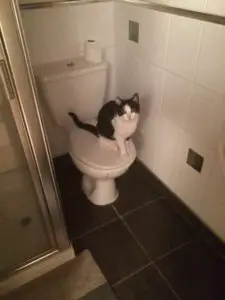
Contents
Get a Good Litter Tray
The most important thing when toilet training a kitten is to ensure that you have a good litter tray available for the kitten to use.
It can be tempting when you get a kitten to think that a small litter tray would be ideal. However your kitten will rapidly grow up into an adult cat so it is wise to get a full sized litter tray when your kitten is still small. This also avoids running into issues later on with them having to get used to an unfamiliar new litter tray.
Make sure the litter tray is a good size which allows your kitten to comfortably move around in and pick a good spot which they can bury their faeces in.
We advise getting a covered litter tray as this provides privacy for your kitten as well as preventing the stink from filling your entire room. It is also worth considering an automatic litter tray to help keep your litter box extra clean while minimising the amount of times you have to clean it out.
Get the Right Kitty Litter
Next buy some cat litter, preferably unscented and non-clumping.
It is very important that your kittens litter is non-clumping because clumping litter expands when wet, kittens being playful creatures often will eat some of their litter. If the litter expands in their stomach this can cause painful blockages which may require a vet visit to treat, so avoid clumping litter at all costs until your kitten has reached their teenage phase.
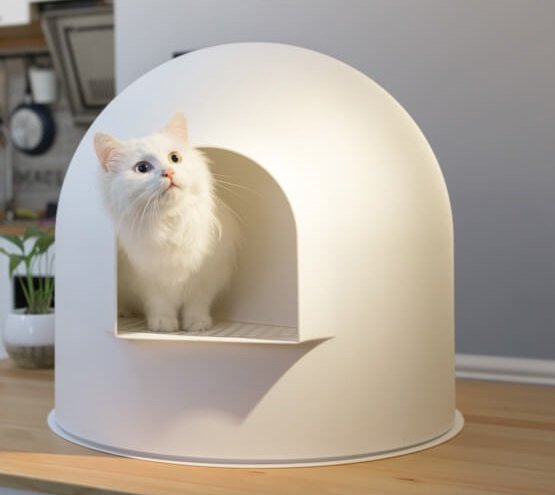
If possible try and get dust-free litter, dust can cause respiratory problems, particularly for kittens (with tiny lungs).
Train Your Kitten to use the Toilet:
- When you first get your kitten put it in the litter tray straight away as soon as it arrives in your home so that it can get used to the feel and smell of it. Keep regularly placing your kitten in the litter tray after eating, before bed, when you wake up in the morning and at any time you anticipate the kitten may need the toilet.
- If you see your kitten about to go to the toilet anywhere else immediately take the kitten and put it in the litter tray. Many kittens will quickly learn within a couple of days that the litter tray is the correct place to go to the toilet. Others may require more time and persistence to learn.
- Never punish or shout at your kitten for going to the toilet outside of their litter tray, instead use positive reinforcement by praising and petting them every time they successfully use the litter tray correctly.
- One way to help speed up the toilet training process is to confine your kitten to a small room that has the litter tray in it for the first couple of weeks in your home. This means your kitten will never be too far away from the litter tray while it gets it’s bearings in its new home.
Let Them Know When They Get It Right
When you kitten gets it right and does their business in their litter tray make sure you let them know how pleased you are with their performance.
Give your kitten plenty of praise and a treat.
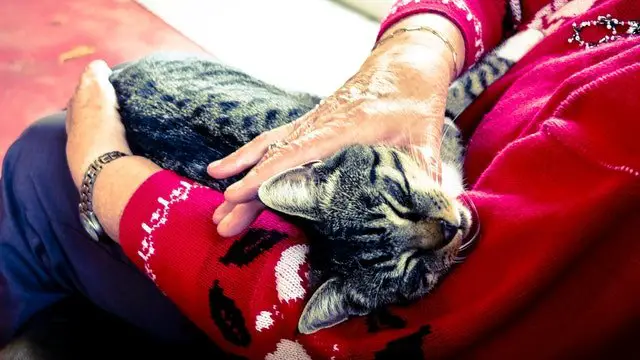
This will help your kitten to quickly realise that using the litter tray is a good thing so they should adapt to it quickly!
Reasons Why They May Go Outside The Litter Tray
It can be frustrating if you kitten seems to have worked out how to use the litter tray but then suddenly decides to go to the toilet elsewhere. There are reasons why this may happen:
- The litter tray could be dirty – cats of all ages will go to the toilet elsewhere (piles of clothes watch out!) if their litter tray is not deemed to be clean enough, so keep it as clean as possible at all times.
- Your cat may be feeling unsure of himself – for example if a new pet or a baby arrives in the house the invasion of their territory can make them feel insecure and may result in abnormal behaviour. Give them time and space to get used to the change, and provide them with an extra litter box in a safe place and eventually they will get used to the change in their life.
- Sometimes cats may also start to urinate in inappropriate places when they reach sexual maturity (typically around 6 months) if you think this is the cause of your problems speak to your vet.
Every cat will have the odd accident but a bit of patience and plenty of encouragement goes a long way when you are toilet training your kitten, they will soon get it!
As an Amazon Associate I may earn a small fee from qualifying purchases at no extra cost to you. This helps us run the site, so thanks for your support!

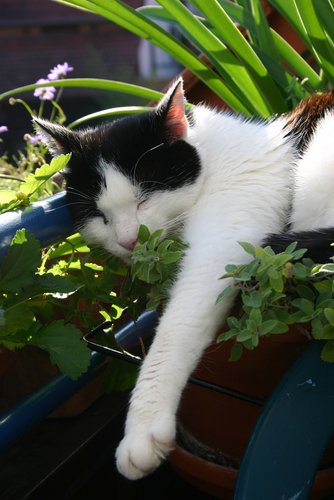

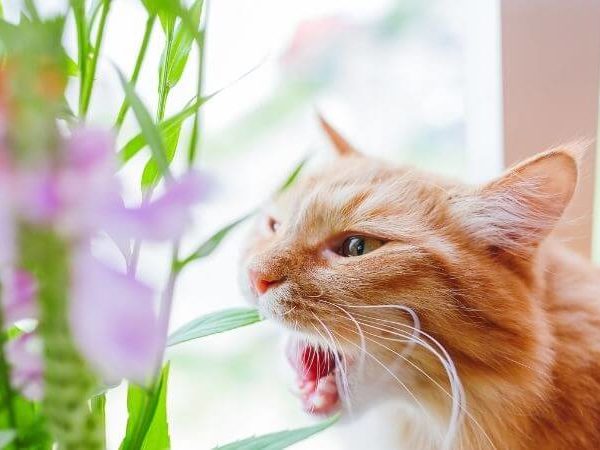
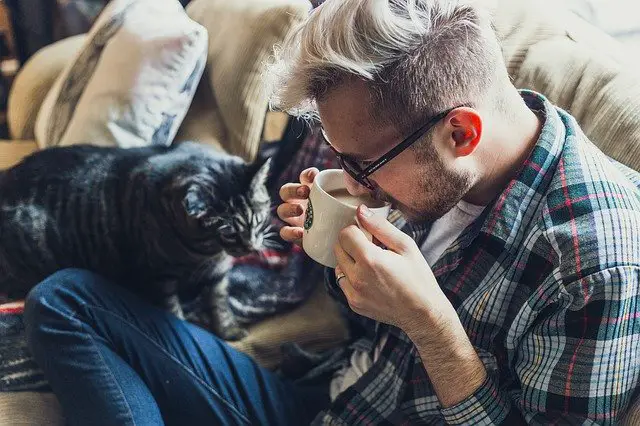
Leave a Comment